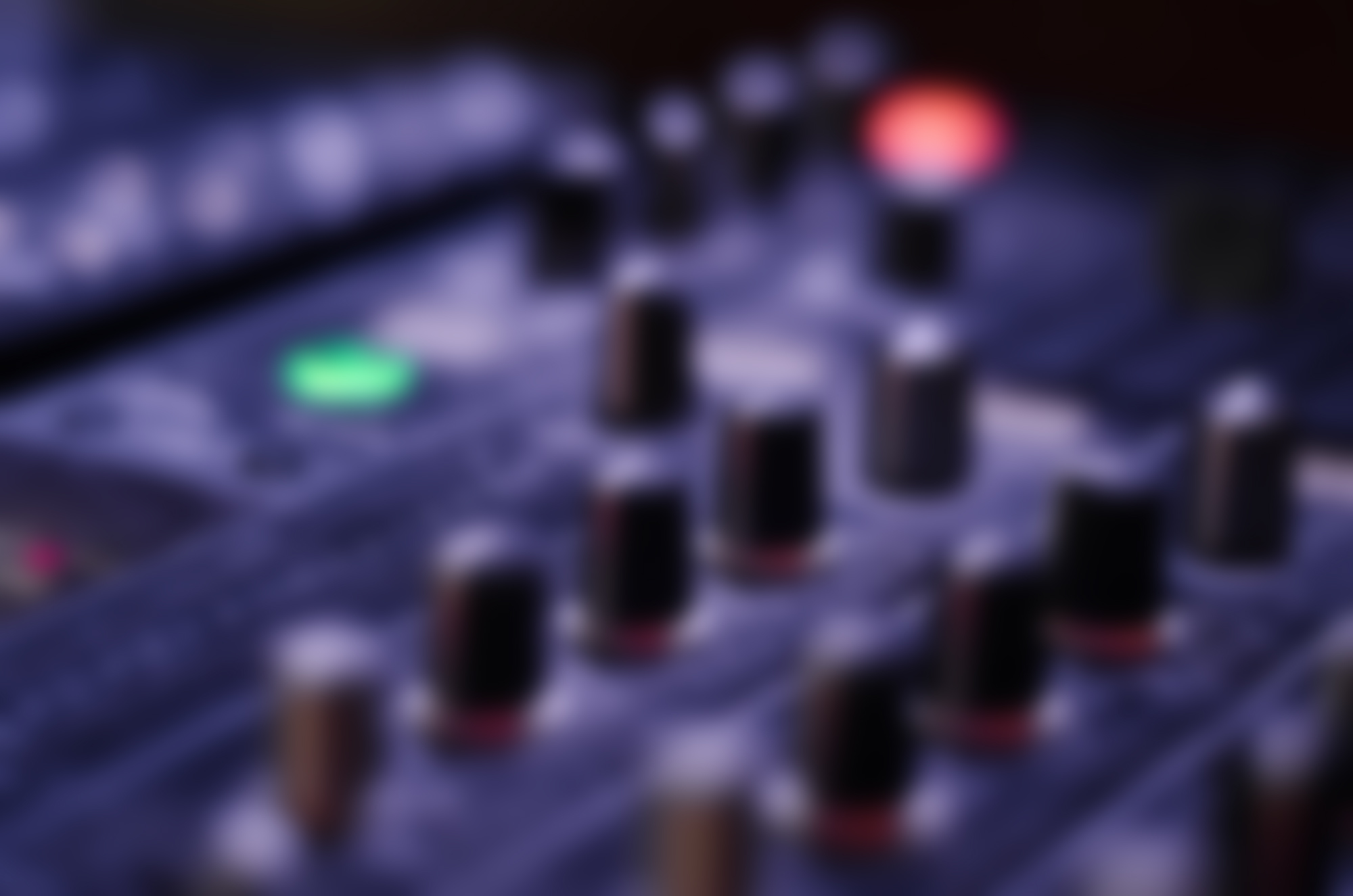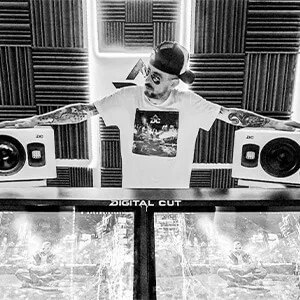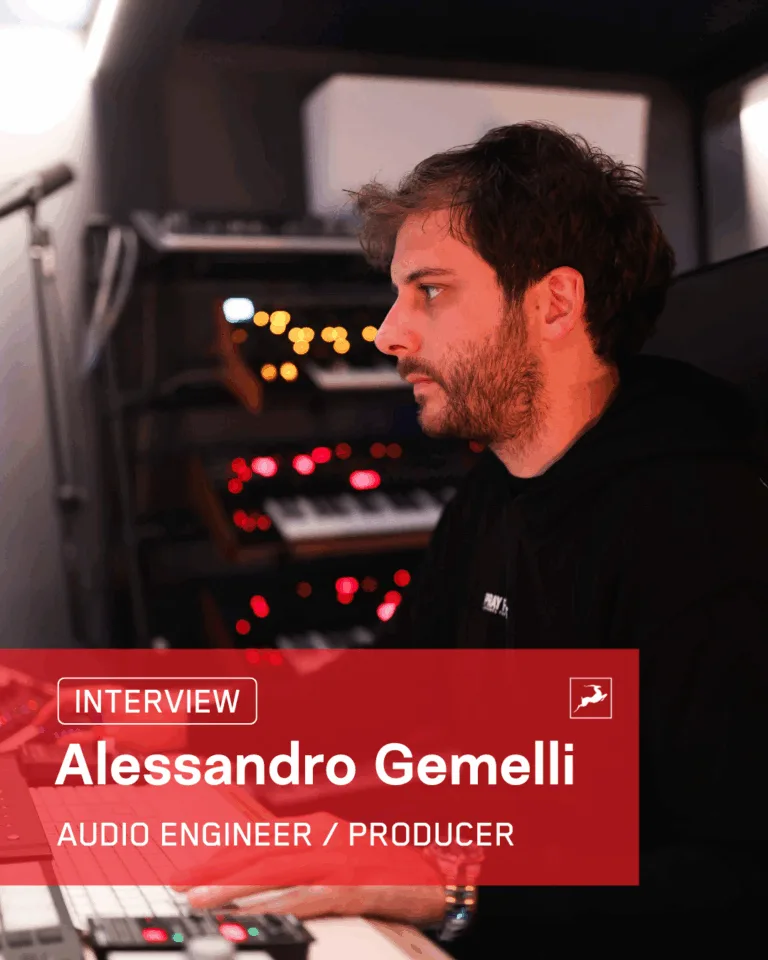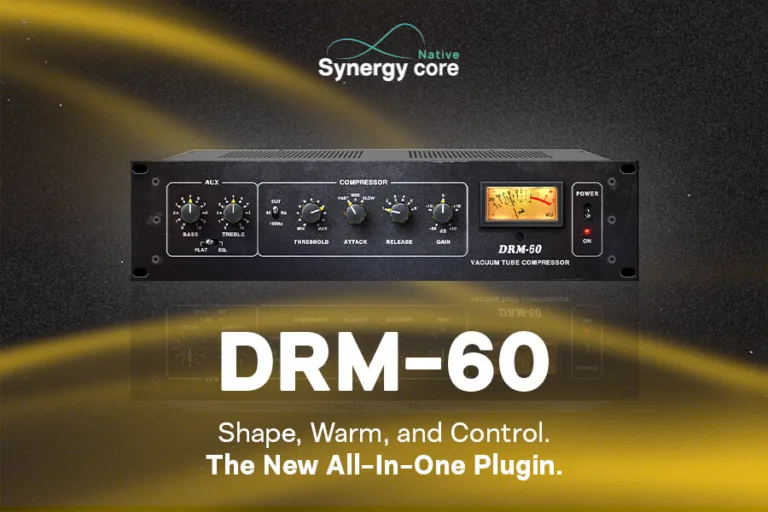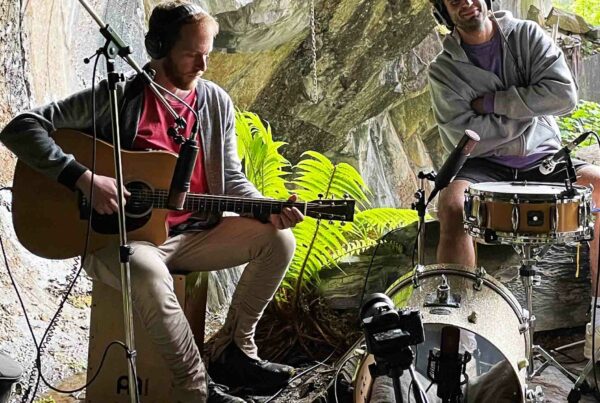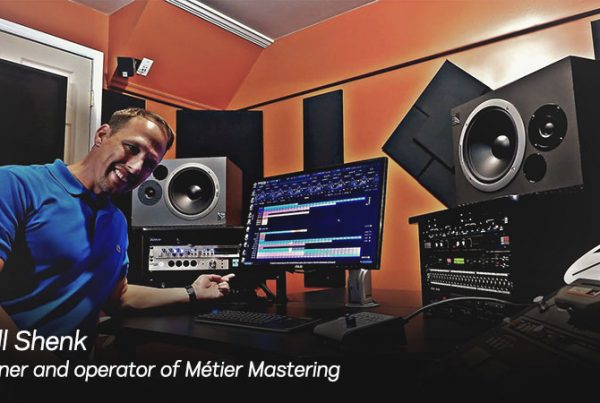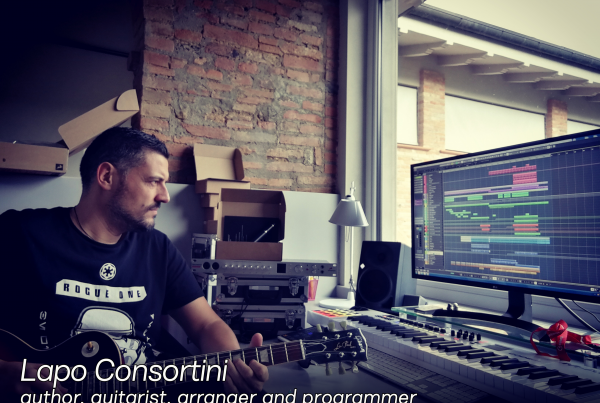Santa Monica, CA, February 6, 2015 — Last fall, Stevie Wonder announced that he would be taking his landmark Songs in the Key of Life album on the road in a limited run, 11-city engagement across North America. The announcement sparked the attention of major U.S. media, since it marked the first time Wonder has ever taken the Diamond-certified album on tour — and almost four decades after its original release in 1976.
To be sure, Songs in the Key of Life is an American masterpiece that has helped define the very fiber of popular culture, while influencing countless musicians around the world. A faithful, touring rendition of the album was a daunting endeavor, since the double album took over a year to record and involved over 120 studio musicians.
The tour, which began on November 6th at Madison Square Garden and has now been extended to run through April 12, features a horn section, a choir, background singers and a ten-piece orchestra in addition to the regular band, which is comprised of 11 musicians.
All in all, the live touring rig consists of over 40 musicians and 156 console inputs. Bringing Songs in the Key of Life to the live stage and into the digital age has been an enormously challenging task, and the sonic integrity of each performance has been anchored by clocking technology from Antelope Audio.
Finding a Technical Roadmap for a Creative Visionary
Danny Leake, who has been Stevie Wonder’s FOH engineer for 22 years, is responsible for providing a spectacular audio infrastructure for each of the shows. To achieve this, he relied on an audio system from Eighth Day Sound, while working closely with Monitor Engineers James Berry (Stevie Wonder monitors) and Rico Gonzales (band monitors):
“Stevie is the creative visionary, and basically, whatever he comes up with, I create the technical road map to get it done, and make sure it is achievable from a technology perspective,” he says. “On this particular tour, Stevie was reproducing the original Songs in the Key of Life album. We had a much bigger band, an orchestra with strings, and a choir. Plus a bunch of things that he had done on that album that were impossible to play live. I had to find a way of taking 156 inputs of stuff and turn it into a stereo mix.”
Antelope: Bringing Analog ‘Back to the Future’
In an industry conditioned to raise audio quality by focusing primarily on microphones, preamplifiers and loudspeakers, Leake was surprised at the enormously positive effect Antelope’s mastering grade clock could have on the signal chain. “To me, it was more ‘analog’,” Leake explains.
“As an engineer, I came up with tape in the analog days. There is a certain depth you get from that — and some of that can get ‘fuzzy’ when you go to digital. But the Antelope clocking made it sound like straight analog: all of a sudden, I had depth, I could hear things that were happening with the reverbs that were more fuzzy before.”
In addition to hearing more depth, Leake says the Antelope 10M/Trinity combination also made a difference in bringing out more detail in the stereo field: “I don’t normally mix very wide for a live show, but the Antelope clocks made a big difference in expanding the sound stage. All this enables me to maneuver better around the console.”
Moving to an external clock was a big step for Leake and the Stevie Wonder tour. “This was the very first time we used external clocking on the console, both at FOH and monitors, and I will never go back,” he says. “We’ve run everything through the Antelope clocks since day one, and they have performed flawlessly — absolutely no problems.”
Zen Studio: Ever-Present to Capture the Magic
While on the road, Leake counts the new Antelope Zen Studio among his ‘most used’ arsenal of tools. With (20) analog inputs, (12) microphone preamplifiers and Antelope’s signature 24-bit/192 kHz conversion all running over a proprietary USB connection, he uses the Zen as a ‘scratchpad’ to capture recordings from every show and to check his stereo mixes from the main L-R console outputs.
“I used the Zen Studio to replace a competitor’s unit, and it really made a big difference,” Leake says. “I love the conversion, and it has a really smooth top end that I am used to hearing from Antelope’s clocks over the main P.A. I would describe the preamps on the Zen as very clear and open, with more depth and detail than on what I was using before.”
For the new leg of the tour, which starts on March 17th in Denver, Leake says it will once again be wheels up with Antelope Audio: “It has been a wonderful experience for me, and also for my monitor engineers: the better the clocking is, the better it is for the whole stereo stage and IEMs. In Steve’s case, his ears are his eyes — so the quality of a stereo mix is all important.”


